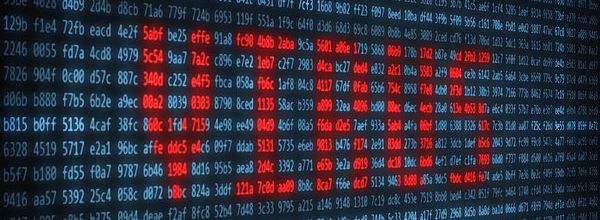One of the most common tasks in molecular biology is DNA clean-up. We clean up DNA from aqueous solutions to remove buffer salts, enzymes, or other substances that could affect downstream applications. Examples include PCR reaction clean-up, restriction digests clean-up, and cleaning up genomic or plasmid DNA contaminated with cellular proteins/debris.
Conveniently, there are several methods of DNA clean-up. Here are five of them.
DNA Clean-Up: 5 Methods
1. Phenol-Chloroform Extraction
Phenol chloroform extraction, normally followed by ethanol precipitation, is the traditional method to remove protein from a DNA sample. In this procedure, the DNA solution is mixed with phenol and chloroform. The water-soluble DNA partitions into the aqueous phase, while the proteins denature in the presence of organic solvents, thus staying in the organic phase. The aqueous phase containing the protein-free DNA is then ready for collection.
Advantages: A cheap and effective way to remove proteins from DNA solutions.
Disadvantages: Slow compared with most modern methods. There is a risk of phenol/chloroform carry-over into the final sample (which could inhibit downstream enzymatic reactions). Chloroform and phenol are both hazardous chemicals.
2. Ethanol Precipitation
Ethanol precipitation is a popular method for desalting and concentrating DNA. Monovalent cations (0.1 to 0.5 M, normally in the form of the acetate salt of sodium) are added to the DNA, along with ethanol, to a final concentration of 70%. Ethanol changes the DNA structure so that the DNA molecules aggregate and precipitate out of solution (see Eickbush and Moudrianakis, 1978). Most salts and small organic molecules are soluble in 70% ethanol, leaving the precipitated DNA ready for separation by centrifugation.
Advantages: A cheap and effective way to desalt and concentrate DNA.
Disadvantages: Time-consuming. You risk carrying ethanol over into the final sample.
3. Silica Column-Based Kits
Column-based kits offer a convenient approach to DNA clean-up. The principle is that chaotropic salts are added to the sample to denature the DNA by disrupting its hydrogen bonds. Under these conditions, the DNA will selectively bind to the silica resin in the column, facilitating its separation from the rest of the sample.
After washing, the DNA is eluted from the column with a low salt solution that allows renaturing, causing the DNA to lose affinity for the silica. Most commercial suppliers offer kits based on this technology, with a range of kits available for DNA clean-up after agarose gel extraction, enzymatic reactions, and PCR, to name a few.
Advantages: Convenient, relatively fast, and the user can process a large number of samples using the vacuum manifold option.
Disadvantages: Can be costly. Some kits give low yields (as low as 25%). Chaotropic salt carryover may be an issue.
Note: Some suppliers are now offering improved silica column kits, where sample elution takes place in a very small volume to yield high DNA concentrations.
4. Anion Exchange
Anion exchange DNA purification methods usually use positively charged DEAE functionalized resins to bind the negatively charged DNA phosphate backbone. Using specific salt and pH conditions, DNA in the sample binds the resin, and stringent washing steps remove contaminants (e.g. protein, cellular debris). The remaining DNA can then be selectively eluted from the resin.
Advantages: High purity DNA for downstream applications, e.g. transfection and DNA sequencing.
Disadvantages: Resins can be expensive.
5. Magnetic Beads
This approach uses magnetic beads that conditionally bind DNA in a pH-dependent manner, allowing you to separate the DNA from the rest of the sample by simply controlling pH. There are a few magnetic bead kits on the market. The magnetic beads are positively charged and bind DNA at low pH, but at high pH they become negatively charged, thus releasing the DNA.
Advantages: Fast, no chaotrophic salts or organic washing solutions are required. Ideal for automation of high-throughput processing, since there is no need for centrifugation and other time-consuming processing steps. Note there are also magnetic bead kits that selectively bind DNA depending on salt concentration.
Disadvantages: The initial cost of purchasing the magnets is reasonably high. This procedure can be tricky when handling multiple samples, but this is not an issue if you have access to an automated workflow.





